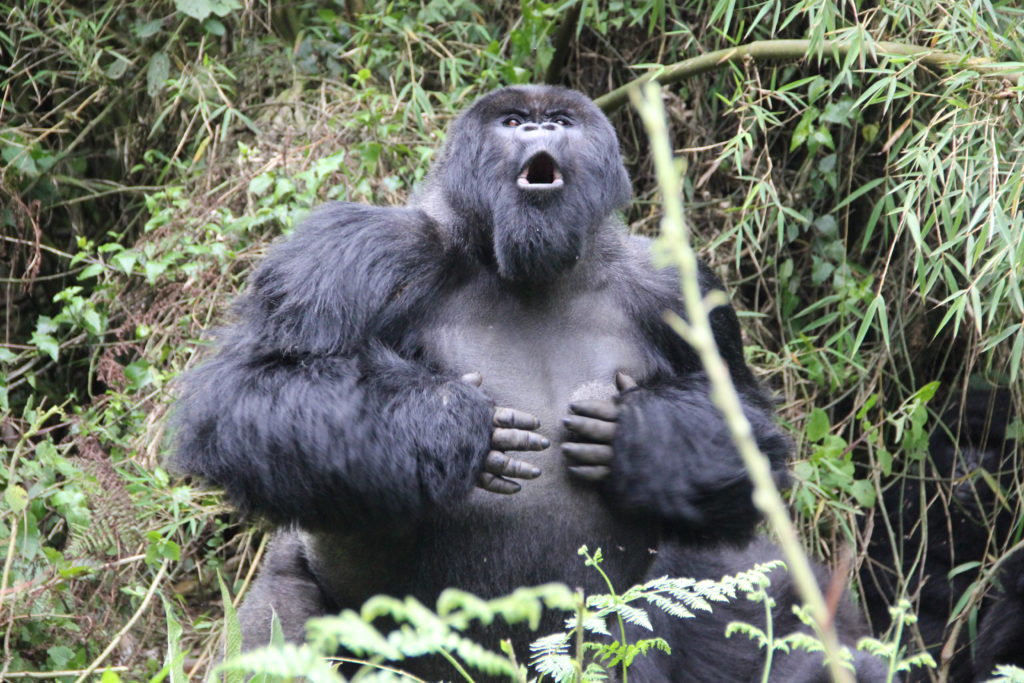
Spoiler alert: The answer is yes.
This basic psychology experiment has a group of students divided into two cohorts wearing black and white shirts. They pass a basketball around among themselves.
A short video of the game is shown to another group of students. They are asked to count the exact number of completed passes.
During this short experiment, a person wearing a gorilla suit wanders through the passing game, pounds chest, and walks out of the frame of view.
When the psychologists questioned the observers after watching the video, roughly half the students had not seen the gorilla.
They were so focused on trying to correctly do the assigned task that they missed the gorilla.
But do not be quick to laugh off this academic exercise. All of us tend to see only what we are looking for and miss a lot of other important stuff.
In a stressful period of ongoing pandemic, optimists will tend to unconsciously look for news stories that confirm their positive point of view. For instance, the 103-year-old Oregon man who beat the coronavirus and lived to celebrate his 104th birthday.
Conversely, pessimists will unconsciously seek out articles that confirm their more negative view of the world. This includes horrific stories and photos from New York City of overflowing makeshift morgues.
Both the more sanguine and morose among us are each seeing a very real part of the picture.
Perhaps the most important question to ask is what information can help me, my loved ones, and my community to better cope with a pandemic of uncertain duration and outcome?
Metaphorically, it means both carefully counting the passes and keeping an eye out for a menacing gorilla—or the faint fluttering of a bluebird of hope.
For those of you who wish to learn more about the famous “invisible gorilla” experiment, here is a link to a short and insightful Scientific American blog post. It includes videos of the “invisible gorilla” experiment.
